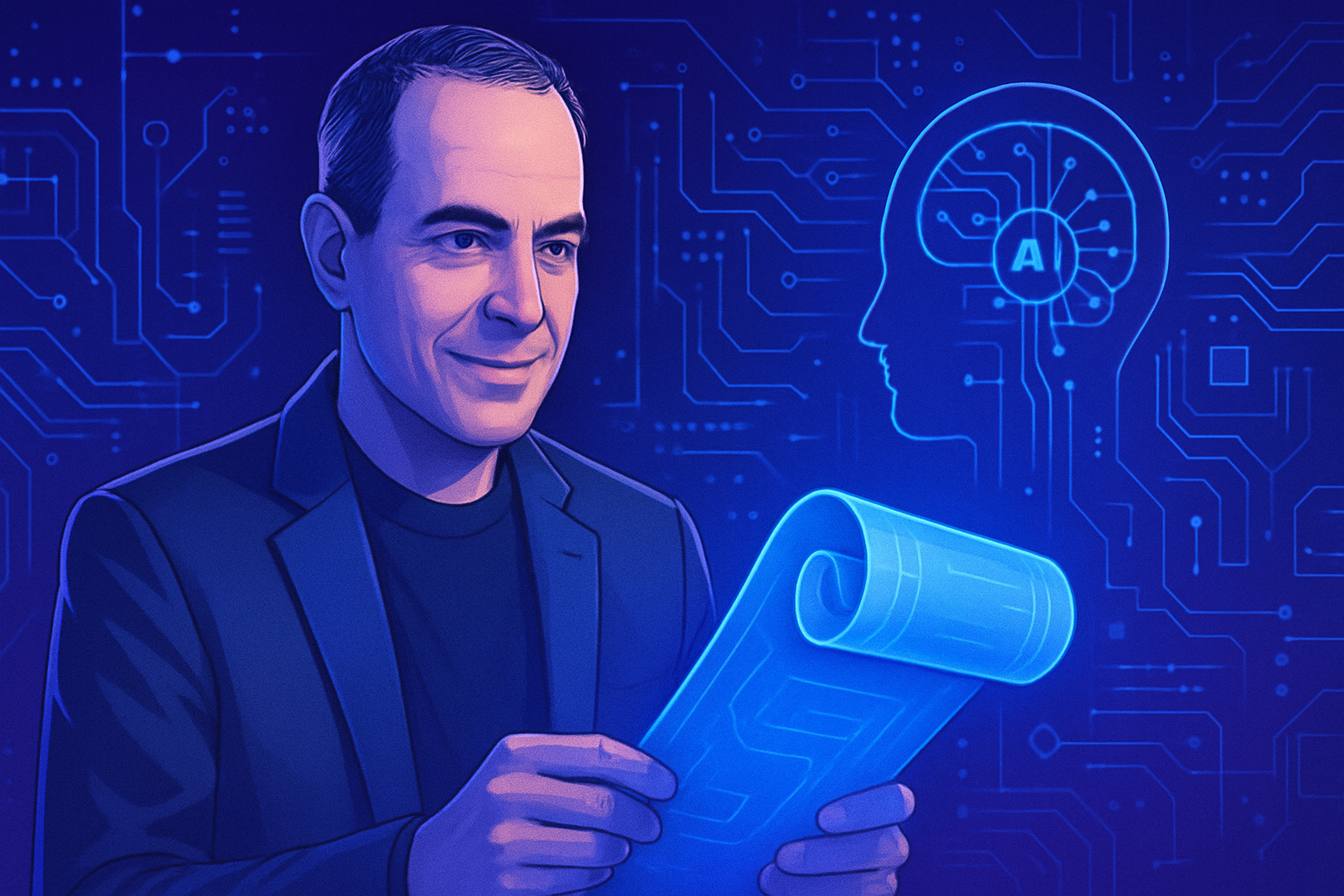The anticipation of infrastructure disasters is becoming an indisputable necessity in the context of growing environmental challenges. Smart systems are revolutionizing proactive risk management, offering innovative solutions to prevent fatal incidents. Engineers, by integrating advanced technologies and predictive analytics, are establishing essential protective mechanisms for communities. This technical challenge contributes not only to the safeguarding of infrastructures but also to the protection of human lives. Reduction of material and human losses represents the ultimate goal of these innovations. The future relies on smart infrastructures, capable of adapting and reacting in real-time.
Proactive Risk Detection
Engineers have developed a smart system designed to anticipate infrastructure disasters. This device relies on sophisticated algorithms capable of analyzing real-time data from various sensors. By continuously assessing the state of infrastructures, this system identifies warning signs of failure, thereby minimizing risks to the population.
Practical Applications and Integrated Technologies
The core of this innovation consists of advanced neural networks, which instantly process the collected information. For example, through video surveillance, the system can detect anomalies in structures, such as cracks or deformations. Engineers also utilize telemetry technologies to collect precise data on the dynamics of infrastructures.
Integration of Artificial Intelligence
Artificial intelligence significantly enhances the system’s ability to predict incidents. The prediction models incorporate various environmental factors, such as weather and seismic activity. This process allows for early warnings, giving emergency services more time to intervene.
Interdisciplinary Collaboration
This project requires close collaboration between engineers, environmental specialists, and data scientists. Each expert brings a unique perspective, thus shaping a robust and adaptable system. Therefore, the involvement of various fields of expertise enriches the project, enhancing its effectiveness and scope.
Impact on Communities
The implementation of this system can significantly transform the management of public infrastructures. By multiplying data and analyses, municipalities will be able to anticipate and reduce interruptions to critical services, such as water and electricity. Communities will benefit from a proactive approach, improving the safety and resilience of infrastructures.
Challenges to Overcome
Despite its advantages, this smart system must overcome several challenges. The collection and interpretation of data require significant maintenance costs and investments. Moreover, it is essential to ensure data security to eliminate the risks of cyberattacks.
Future of These Technologies
As technologies evolve, disaster forecasting systems will continue to integrate innovations. The emergence of solutions based on blockchain and big data promises to enrich data analysis and further improve the reliability of predictions. Engineers are also considering extending the system’s reach to new infrastructures, thus increasing its impact.
Frequently Asked Questions
What is the main objective of the smart system developed by engineers to anticipate infrastructure disasters?
The primary objective of this system is to quickly identify and assess potential risks related to infrastructures in order to prevent and mitigate disasters before they occur.
How do engineers collect data to feed the smart system?
Engineers use advanced sensors, drones, satellite images, and historical data to gather accurate information about the state of infrastructures and environmental conditions.
What technologies are integrated into this system to predict infrastructure disasters?
The system integrates technologies such as artificial intelligence, real-time data analysis, machine learning, and simulation models to predict potential failures and catastrophic events.
What types of infrastructure disasters can be anticipated by this system?
This system can anticipate various types of disasters, including bridge collapses, floods, earthquakes, and power outages, depending on the available data.
How can officials use the information provided by the system?
Officials can use the information to prioritize interventions, plan preventive measures, and allocate resources more effectively to reduce the impacts of disasters.
Can the system operate autonomously, or does it require human intervention?
While the system is designed to operate autonomously, it often requires human oversight to validate analyses and make critical decisions based on predictions.
What are the economic benefits of anticipating infrastructure disasters?
Anticipating disasters can significantly reduce costs related to repairs, victim compensation, and minimize service interruptions, leading to substantial long-term savings.
Is this technology already implemented in existing infrastructures?
Yes, pilot projects and small-scale implementations have been carried out in some cities to test the effectiveness of this technology before large-scale deployment.
How does the smart system adapt to different types of infrastructures?
The system is designed to be flexible and adaptable, allowing for the integration of models specific to each type of infrastructure, whether it be a bridge, a building, or an electrical network.
What are the next steps to further develop this disaster anticipation system?
The next steps include expanding field testing, improving machine learning algorithms, and integrating new data sources to refine predictions.





